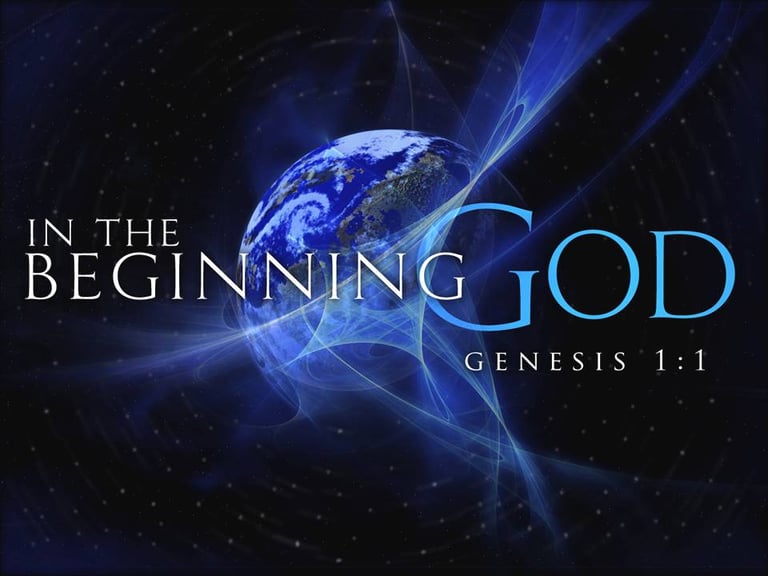

The Beginning, Genesis 1:1 and the Creation of Everything
The Bible opens with a powerful declaration in Genesis 1:1: “In the beginning, God created the heavens and the earth.” This profound statement sets the stage for the biblical account of creation, depicting how God spoke the universe into existence over six days. Each day of creation introduced a new element to the cosmos, meticulously crafted by divine command. This process culminated in a day of rest, marking the completion of God’s creative work.
The Six Days of Creation, A Step-by-Step
Day One: Light and Darkness
The creation narrative begins with God’s command, “Let there be light,” which results in light formation, which He separates from darkness. This act of separation introduces the concept of day and night, laying the groundwork for the natural order of time. By declaring the light “good,” God sets a precedent for the intrinsic value and purpose of His creations.
Day Two: Sky and Waters
On the second day, God created the sky by dividing the waters, forming an expanse between the waters above and the waters below. This expanse, called the “sky,” established the atmosphere, which is essential for sustaining life. The separation of waters was a crucial step in preparing the earth for its diverse inhabitants.
Day Three: Land, Seas, and Vegetation
The third day saw the gathering of waters to reveal dry ground, which God named “land,” and the assembled waters, named “seas.” God then commanded the land to produce vegetation: seed-bearing plants and fruit-bearing trees. This introduction of plant life was vital for creating a sustainable environment, setting the stage for the future nourishment of all living creatures.
Day Four: Sun, Moon, and Stars
On the fourth day, God created the celestial bodies—the sun, moon, and stars—to represent time, seasons, and days. The sun was to govern the day, and the moon and stars were to govern the night. This celestial order provided a rhythm to life on Earth and facilitated time measurement, which is essential for human activity and agricultural cycles.
Day Five: Sea Creatures and Birds
The fifth day was marked by the creation of sea creatures and birds. God filled the waters with teeming life and created birds to soar above the earth. He blessed these creatures, commanding them to be fruitful and multiply. This day introduced dynamic, animate life into the world, enriching the earth’s ecosystems with diversity and movement.
Day Six: Land Animals and Humanity
The sixth day saw the creation of land animals, from livestock to wild beasts. God then created humanity in His image, male and female, and granted them dominion over all other life forms. This act of creation was unique, as humans were endowed with the capacity for relationship with God and stewardship over the earth. God’s work was complete with the creation of humanity, and He declared it “very good.”
The Seventh Day: A Day of Rest
After six days of creative activity, God rested on the seventh day. This day of rest, sanctified and blessed by God, established a pattern of work and rest that is foundational to human life and religious practice. The seventh day, or Sabbath, is a time for reflection, renewal, and reverence for the Creator. It signifies the completion of creation and God's satisfaction with His work.
The creation account in Genesis 1:1-2:3 is not just a story of origins but a profound theological narrative that defines the relationship between God, humanity, and the world. It presents a vision of an ordered, purposeful universe where every element has a place and a role. God demonstrates His sovereignty, power, and intentionality by speaking the universe into existence. The seventh day of rest reminds us of the importance of balance, reflection, and the sacred rhythm of life established by the Creator.
